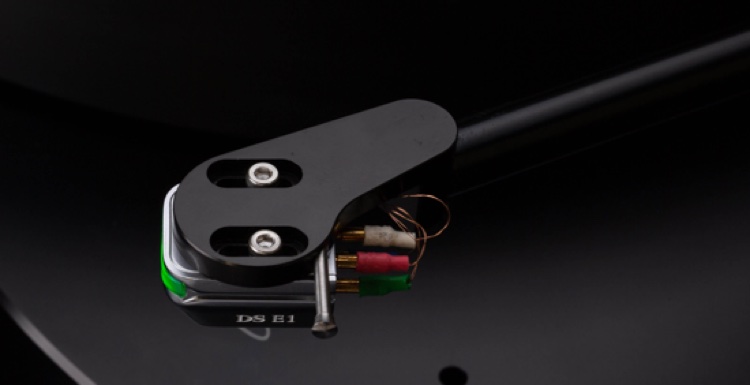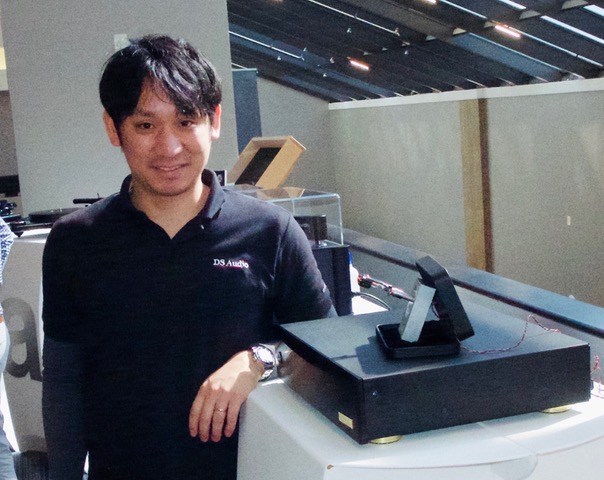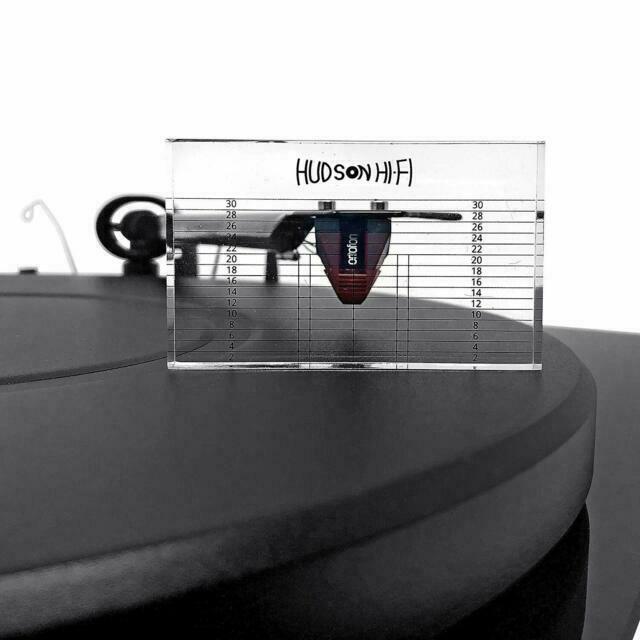
As I think back about my audio experiences over the years, there are a number of “audio waypoints” that stick out in my mind. These are significant events that are markers in my audio career, and I can recall these individual moments with exceptional clarity. They are moments when I experienced a major departure from my expectations of a particular product category.
My first and foremost audio waypoint is the event that got me hooked on this hobby. It was in late 1973 when I walked into an audio store and heard a pair of Rogers LS3/5a speakers playing. James Taylor was singing, and the sound stopped me in my tracks. I had never before heard a human voice reproduced like that or had an artist communicate with me like that. The guitar and the artist seemed like they were in the room.
This was not the sound experience that I was getting from my AR 3a speakers. I had to have that sound for myself in my home. So I saved up, and 6 months later, I had a pair of these Rogers speakers. Less than a year later, I was employed at that same store, and I worked there for 29 years. I ended up running the store for 22 of those years.
Other Memorable Waypoints
Over those years I had a number of other moments that to this day still stand out in my mind. There are too many to mention them all, but here are just a few. The first time I heard the Quad loudspeakers and the Acoustat X loudspeakers were memorable waypoints. Both of these speaker designs were mind-bending at the time. Then, there was the day we set up the IRS Beta loudspeakers.
Another moment was the day a rather rough-looking gentleman pulled up to the store in an old beat-up car and carried in an amplifier under his arm. He asked if he could hook it up to some speakers. It turns out, the gentleman was John Iverson, a somewhat legendary audio engineer, and he had his new Eagle amplifier with him. He was taking it around to dealers to see if it would sell. An hour later, I placed an order for five of them.
Some other moments include my first exposure to a Linn turntable. Then there was the day that I heard a master tape played back on the very Crown SX 824 open reel it was made on. Also memorable was my first exposure to the MIT Music Hose shotgun speaker cables.
I have a collection of these moments that include virtually all of the different categories of audio components and ancillary products, but that is for another article. So, why am I reminiscing? What has spurred me to recall these audio waypoints?
A Phono Cartridge Audio Waypoint
As I think back, there is one product category that is missing from my collection. I do not recall a moment when I was so struck by a phono cartridge that the event was imprinted on my mind and became a personal audio waypoint.
Well, that has all changed now with my audition of the DS Audio DS-E1 optical cartridge system. From the moment I lowered the tonearm and began to listen to this cartridge, I was struck by what I heard and by what I didn’t hear. In fact, I was virtually paralyzed in my seat by what I was hearing. The quality of the sound from this cartridge was so different that I had to take some time to process it.
An Open Reel Sound
As I look back on my listening notes, the first words I see written down are “Open Reel”. Open reel has been a fixture in my system ever since I heard that master tape on that Crown SX-824 in the mid-’70s. Over the years I have had Crown, Tandberg, Revox and currently Studer open reels grace my listening room.
There is a seamless, gain-free quality and a “oneness” about the sound you get from an open reel. When you hear it, you know it. Everything makes sense to your mind as you listen and simply relax and let the music flow over you.
The problems with open reels are the expense, both for hardware and software, and the limited catalog of music you can experience. Even with these limitations, I feel, as a reviewer, that it is important to have it as a reference.
But what if we could get closer to the sound of an open reel and have access to a LOT more music at a reasonable cost? NOW we are talking about a significant product. That is where the DS Audio DS-E1 takes you. So let’s talk a bit about this cartridge.
Optical Cartridges
First and foremost, the term “Optical Cartridge” refers to the generating system and NOT the way the album is read. That is still done with a conventional diamond and cantilever like all of the other cartridges on the market. It is what goes on INSIDE the cartridge that is different.
For those of you who want the down and dirty explanation, here it is. Sitting in front of an optical sensor is a “shade” that is attached to the cantilever. An LED light is shone on the shade. When the cantilever vibrates, it changes the light falling on the optical sensor and those movements are translated into an audio signal and passed on to the DS Audio Equalizer which takes the place of your phono preamp. ALL of this is done in the ANALOG domain.
For those that want to delve deeper, here is a link to an excellent representation of the optical system with a complete explanation of the technology. It does a much better job than I could hope to, so why reinvent the wheel.
If you are a regular reader of this website, you may know that Jack Roberts has been a proponent of optical cartridges for some years, and he has reviewed every DS Audio optical cartridge up to the DS E1. In fact, he currently uses the Master1 in his reference system and reviewed it here.

A couple of years ago, Garth Leer, owner of Musical Surroundings and the exclusive North American importer for DS Audio, introduced Jack and Becky to Tetsuaki Aoyagi (pictured here), president of DS Audio, and the designer of their optical cartridges. You can read Becky’s interview with “Aki” here.
On the one hand, this a very demanding cartridge in terms of set up in order to get the wonderful results I mentioned earlier. On the other hand, as you will see, this actually can be a blessing.
I have set up hundreds of cartridges over my career, and I have to say that this cartridge is very sensitive to vertical tracking angle (VTA) and vertical tracking force (VTF) and azimuth. If any of these are off, you will not get the full measure of performance this cartridge is capable of giving.
Now, this is true for virtually all cartridges, but what separates this cartridge is the fact that if you are off, even by a bit, there is a big drop in performance. On most cartridges, there is a proportional drop in performance as you get out of the zone of optimization. In other words, miss the VTA by a hair on most cartridges, and you get a very slight decrease in the sound. Miss the VTA on this cartridge by a hair and there is quite a drop in the performance.
I know that sounds like a determent but, in reality, I found it to be a blessing. So many times when I am doing a cartridge setup, I seem to get close to the optimum but am never quite sure I have hit the mark. With this cartridge, you will instantly know when you have it right as you will be rewarded with a listening experience only this cartridge is capable of offering.
Here is what I have found that may be of help to you. If the VTF is off from the recommended 1.7g, it can sound a bit bloated in the bass. Be sure to have a digital tracking force gauge on hand. In my case, the difference between excellent and not excellent was between 1.7 and 1.75g. Re-check it after each adjustment you make. And here’s a special note for VPI owners. Be sure to check it after adjusting the VTA on a unipivot arm (such as the VPI JWM arms) as the tracking force changes with height.
If the VTA is off, the soundstage will collapse, and it can sound a bit thin. The recommended starting point (and in my case, the ending point) is with the tonearm level with the album. Do NOT trust just looking at this with the naked eye. I highly recommend using a gauge to set the VTA and adjust the azimuth.
If you don’t have a gauge, or you aren’t sure what I’m referring to, here’s a picture of one on eBay you can order for $14.99. That’s certainly little enough to pay for better sound. And finally, don’t forget to keep the stylus clean.

I’m not telling you all of this to make this sound like a hard cartridge to deal with. Actually, it is quite the opposite. I am telling you this to encourage you to be patient in setting up this cartridge. Trust me, your efforts will be fully rewarded.
NOW ABOUT THAT SOUND ……… To be continued in Part 2

1 thought on “Review: DS Audio E1 Optical Cartridge, an Audio Waypoint”